Top Things to Know Before Buying Yard Garden
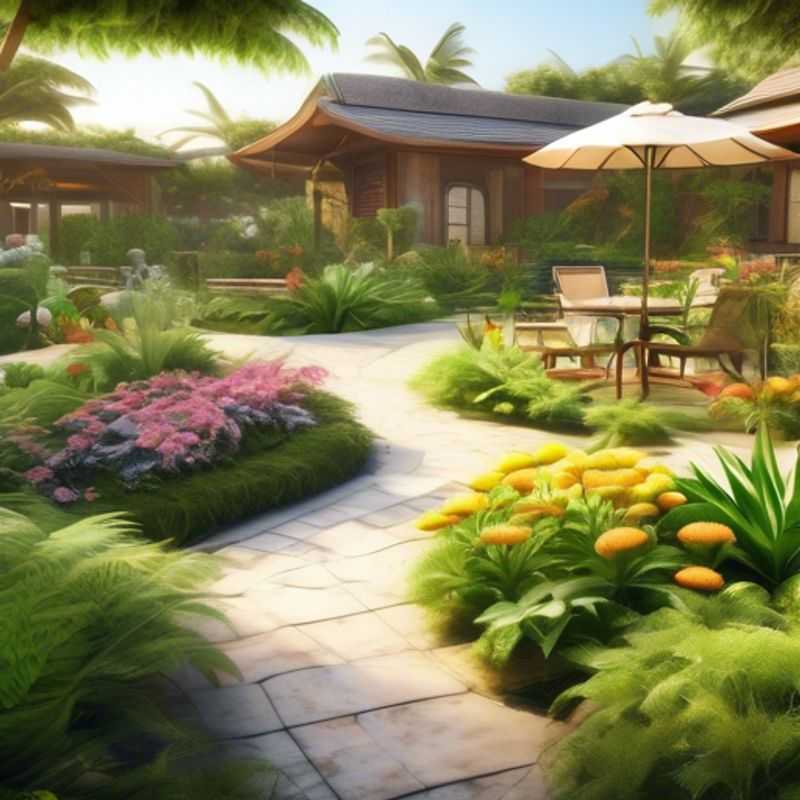
Top Things to Know Before Buying a Yard Garden: Planning for Success
Before embarking on your backyard garden journey, it's crucial to gather essential information to ensure success. Here are key considerations to guide your planning and decision-making process:
1. Measure Your Space: The first step is to accurately determine the size and shape of your available yard space. This measurement will dictate the dimensions and layout of your garden. Consider using a measuring tape or a laser distance meter for accurate readings. You can then sketch a simple plan on paper or use a gardening app to visualize different garden designs.
2. Research Climate and Soil: Understanding your local climate and soil conditions is vital for choosing the right plants that will thrive. Research the average temperature, rainfall, and sunlight hours in your area. Analyze your soil type, whether it's sandy, clay, or loam, to determine its drainage properties and nutrient content. Knowing these factors will help you select plants suitable for your specific environment.
3. Sunlight Exposure: Sunlight is crucial for plant growth. Assess the amount of sunlight your yard receives throughout the day. Some plants require full sun (at least six hours of direct sunlight), while others prefer partial shade (four to six hours) or full shade (less than four hours). Plan your garden layout accordingly to ensure all plants receive their optimal sunlight exposure.
4. Plant Placement and Spacing: Before planting, consider the mature size of your chosen plants. Allow adequate spacing between trees, shrubs, and other larger plants to prevent overcrowding and competition for resources. This will ensure proper growth and development for all your garden inhabitants. Refer to plant labels or online resources for recommended spacing guidelines.
5. Budget and Tools: Set a realistic budget for your garden project. Prioritize essential garden tools and supplies, such as hand tools, watering cans, fertilizer, and pest control products. You can save money by choosing affordable tools and supplies and by researching for sales and discounts. Consider using recycled materials for garden beds or trellises to minimize costs.
6. Local Regulations: Familiarize yourself with any local regulations or restrictions regarding yard and garden features. This might include rules about fence height, tree planting, or water usage. Checking with your local municipality or homeowner's association will ensure your garden plans comply with local ordinances.
7. Watering System: Decide on a watering system that suits your needs and lifestyle. Manual watering with a hose or watering can is a simple option, while automated irrigation systems provide convenient and efficient watering. Consider factors such as water availability, budget, and your desired level of involvement when making this decision.
By carefully considering these factors, you can create a well-planned and successful yard garden that brings beauty, food, and enjoyment to your outdoor space.
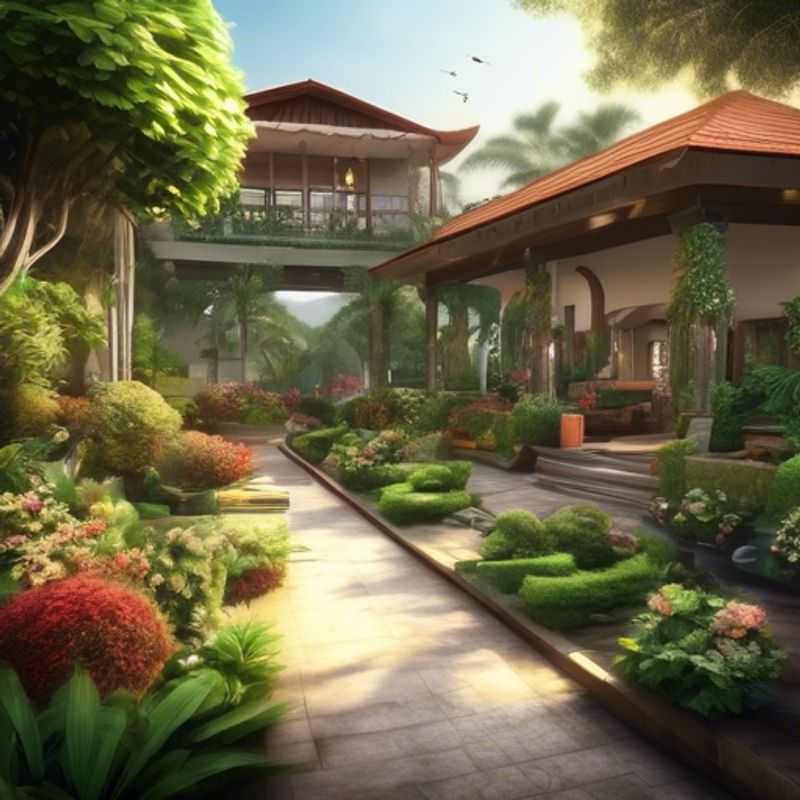
Measure Your Yard: A Guide to Garden Design and Planning
Knowing the exact area of your yard is crucial when planning your garden. You'll need to understand the space you have to work with to create a garden that fits your needs and preferences. There are a couple of methods you can use to measure your yard.
One method is to use a measuring tape. This is a simple and straightforward method, especially if you're working with a relatively small yard. Measure the length and width of your yard and multiply those measurements together to get the total area. Make sure to use the same units of measurement for both length and width.
Another method involves using a device called a wheel measuring tape, which is a measuring tape on a wheel that rolls across the ground. This tool is especially helpful for measuring large areas or yards with irregular shapes. This method will be useful for measuring larger areas, especially if your yard has curves or other irregularities.
After you've measured your yard, you can start planning the layout of your garden. You can divide your yard into different sections, such as a vegetable garden, a flower garden, and a seating area. Consider the amount of sunlight each area receives, and make sure to choose plants that are suitable for the amount of sun they'll get.

Choosing the Right Plants: Understanding Your Local Climate and Soil
Choosing the right plants for your garden is crucial for success and sustainability. Knowing your local climate and soil conditions is the first step towards selecting plants that will thrive and require less maintenance. This involves understanding factors such as:
Average temperature and rainfall: These factors determine which plants can survive and flourish in your area. For example, cacti and succulents thrive in arid climates, while ferns and rhododendrons prefer humid environments.
Sunlight exposure: Different plants require varying amounts of sunlight. Determine how much direct sunlight your garden receives throughout the day to select plants that can thrive under those conditions.
Soil type: Soil composition plays a vital role in plant growth. Conduct a soil test to determine the pH level, nutrient content, and drainage properties. This information helps you choose plants that are compatible with your soil type.
Local plant nurseries and gardening communities: Consulting local plant nurseries and gardening communities can provide valuable insights on plants suitable for your specific area. They can offer advice based on their experience and knowledge of the local climate and soil.
Online resources: Websites like the USDA Plant Hardiness Zone Map and local university extension services provide information on plant suitability based on your geographic location.
Remember, investing in a soil test and consulting local experts can save you time, money, and resources in the long run. Choosing the right plants for your climate and soil conditions promotes healthy growth, minimizes water and fertilizer usage, and contributes to a sustainable and beautiful garden.
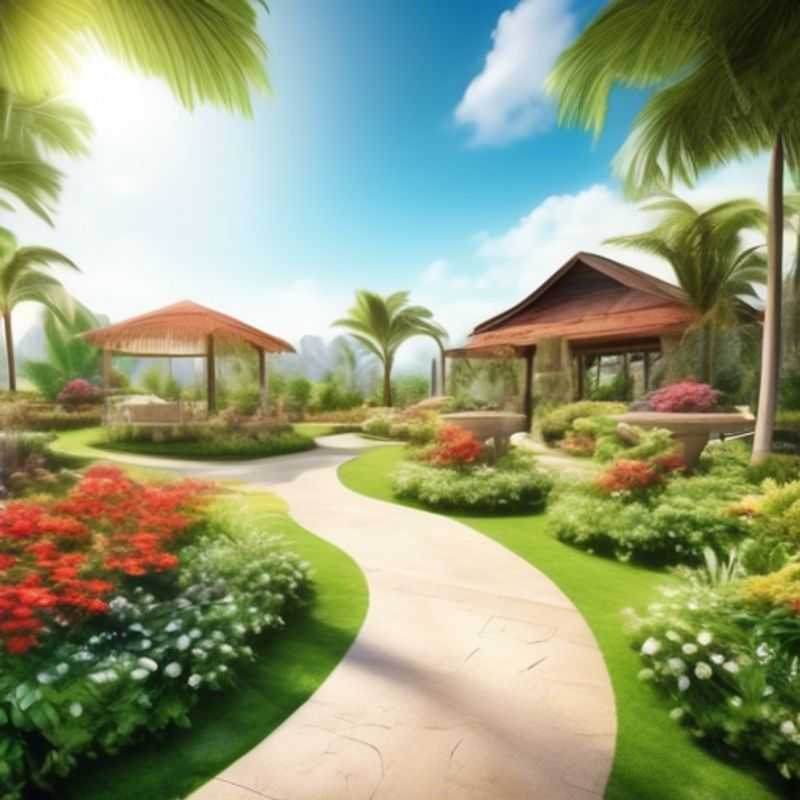
Sunlight Matters: Choosing Plants for Your Yard's Exposure
Knowing the amount of sunlight your yard receives is crucial for selecting plants that will thrive. This is often measured in hours of direct sunlight per day, and you can easily determine it by observing your yard throughout the day, paying attention to where the sun shines and when.
Sun-loving plants, or those that thrive in full sun, require at least six hours of direct sunlight daily. These plants are typically drought-tolerant and produce vibrant flowers. Shade-tolerant plants, on the other hand, prefer dappled sunlight, needing at least four hours of indirect light per day. They often have lush green foliage and thrive in areas with minimal sun exposure.
Choosing plants that align with your yard's sun exposure ensures their health and longevity. For example, planting sun-loving plants in shady areas can lead to stunted growth and reduced blooms. Conversely, placing shade-tolerant plants in full sun might cause them to scorch or wilt.
Important tip: Use apps or online tools to help identify your yard's specific sun exposure and provide recommendations for suitable plants. You might even need to divide your garden into different zones, each with its own lighting needs, to ensure a variety of plants can flourish.
Key takeaway: Understanding the amount of sunlight your yard receives is essential for selecting plants that will thrive. By choosing the right plants for the right conditions, you can create a beautiful, healthy, and sustainable garden that brings you joy for years to come.

Mastering the Art of Plant Placement: A Guide to Proper Spacing
Planning the placement of trees, shrubs, and larger plants is crucial for their healthy growth and the overall aesthetics of your landscape. Proper spacing ensures that each plant has enough room to thrive without competing for resources like sunlight, water, and nutrients.
Here's a simplified approach to planning plant placement:
1. Consider Mature Size: Determine the mature size of each plant, including height, width, and root spread. This information is usually available from nurseries or online plant databases.
2. Account for Sunlight Needs: Choose locations that provide the appropriate amount of sunlight for each plant. Shade-loving plants should be positioned where they'll receive dappled light, while sun-loving plants need full sun exposure.
3. Respect Root Zones: Ensure adequate space between plants to accommodate their root systems. Overcrowding can lead to root competition and stunted growth.
4. Think Long-Term: Imagine the landscape in several years. Consider how the plants will grow and interact with each other as they mature.
5. Visualize with a Plan: Draw a simple plan of your landscape, marking the locations of existing structures, walkways, and desired plant placements.
6. Seek Professional Advice: Consulting a landscape designer or arborist can provide valuable insights and personalized recommendations tailored to your specific needs.
Remember that proper plant spacing is a long-term investment in the health and beauty of your landscape. By taking the time to plan carefully, you can create a harmonious and thriving environment for years to come.
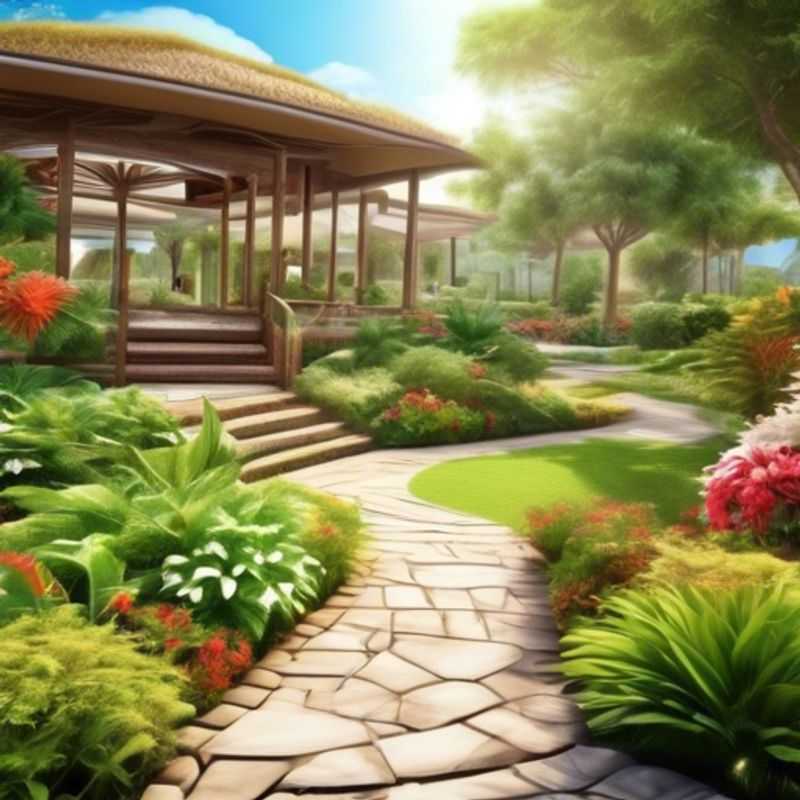
Budgeting for Your Garden: Prioritize Essential Tools and Supplies
Starting a garden can be exciting, but it's essential to plan your budget and prioritize essential tools and supplies. Here's a simple breakdown to help you get started:
Determine Your Budget: Before you start shopping, set a realistic budget. Consider the size of your garden, the types of plants you want to grow, and the frequency of your gardening activities. Factor in potential expenses like:
Initial Costs:
- Soil: High-quality soil is crucial for plant growth. You'll need a substantial amount, especially for new gardens.
- Seeds or seedlings: Choose varieties that are appropriate for your climate and soil conditions.
- Tools: Basic tools include hand trowel, garden fork, hand rake, pruning shears, and a watering can.
- Optional extras: Depending on your needs, you might also consider items like gardening gloves, plant labels, fertilizer, and pest control solutions.
Ongoing Costs:
- Water: Water is essential for plant survival, and water bills can vary based on your location and water usage.
- Fertilizers: Fertilizers provide nutrients to plants, but you might not need them if you have rich soil.
- Pest control: Organic pest control methods are usually less expensive, but you may need to invest in some supplies.
Prioritize Essential Tools:
When starting, focus on these essential tools:
- Hand trowel: Ideal for planting, transplanting, and weeding.
- Garden fork: Used for loosening soil, turning compost, and planting bulbs.
- Hand rake: Useful for gathering leaves, debris, and leveling soil.
- Pruning shears: Needed for trimming branches, shaping plants, and removing dead or diseased growth.
- Watering can: Essential for watering plants, especially during dry spells.
You can always add other tools and supplies later, as you learn more about your gardening needs.
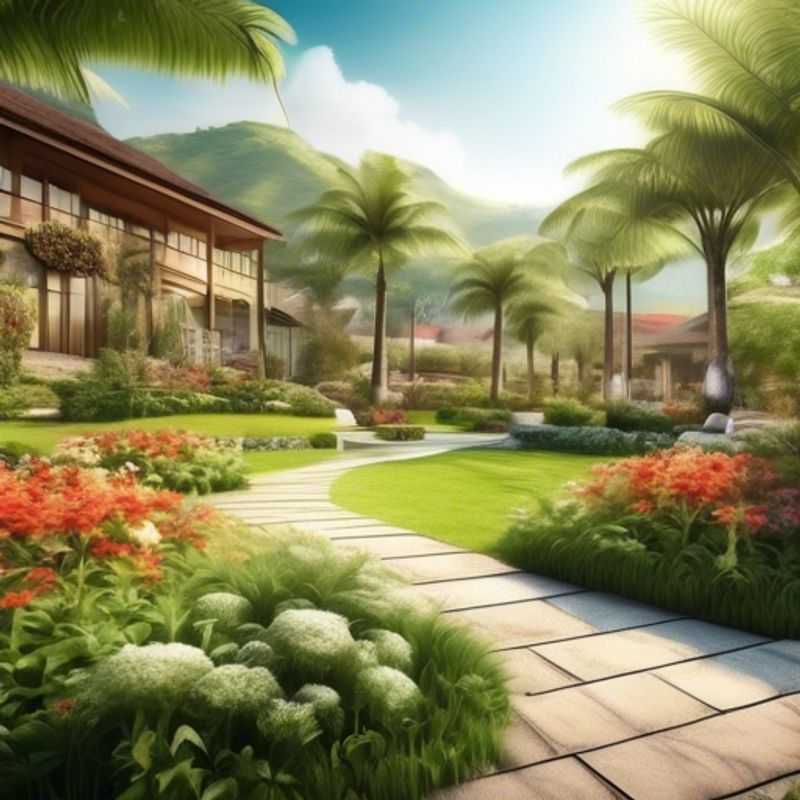
Navigating Local Regulations: A Guide to Yard and Garden Features
Before you start landscaping, it's crucial to be aware of local regulations regarding your yard and garden features. These regulations can vary significantly depending on your location. It's best to check with your local government or homeowners' association for specific guidelines.
Some common regulations you might encounter include: restrictions on tree height, setbacks from property lines, fencing regulations, water conservation rules, and even limitations on the types of plants you can grow.
Understanding these regulations is vital for ensuring your landscaping project complies with the law. Failing to comply can lead to fines, legal issues, and potentially even having to remove or modify your landscaping features.
Here are some practical tips to navigate local regulations:
1. **Check local government websites:** Many municipalities have websites with detailed information on zoning codes and landscaping regulations. This will give you a good starting point.
2. **Contact your homeowners' association (HOA):** If you live in a community with an HOA, they may have specific rules regarding landscaping. You can find more information on their website or by contacting them directly.
3. **Consult with a professional:** A landscape architect or designer familiar with local regulations can offer valuable guidance and ensure your project meets all requirements.
Remember, a little research upfront can save you a lot of headaches and potential costs down the line. By understanding and adhering to local regulations, you can ensure your landscaping project is safe, legal, and environmentally friendly.
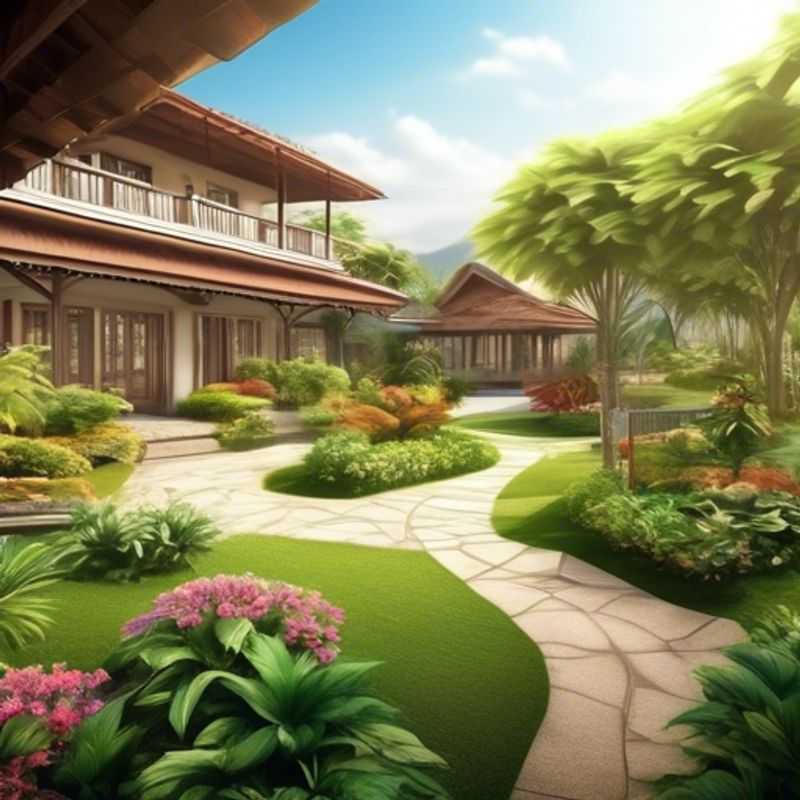
Watering Your Garden: Manual vs. Automated Systems
Deciding on a watering system for your garden depends on factors like your garden's size, your available time, and your budget.
Manual watering is the simplest and most affordable option. It involves using hoses, watering cans, or sprinklers to water your plants individually. This gives you direct control over the amount of water each plant receives and allows you to monitor their health closely. However, it requires consistent effort and time.
Automated watering systems, on the other hand, offer convenience and efficiency. They use a network of pipes, sprinklers, and controllers to deliver water to your plants automatically based on a pre-programmed schedule. This system can save you time and water, but it comes with a higher initial investment.
Before choosing a watering system, consider these factors:
Water source: Do you have access to a reliable water source for the system?
Garden size and layout: The complexity of your garden will influence the type of system needed.
Budget: Automated systems can be expensive, so set a budget before making your decision.
Maintenance: Both manual and automated systems require regular maintenance. Ensure you have the time or resources to maintain your chosen system.
For smaller gardens, a manual watering system might suffice. If you have a larger garden or limited time, an automated system might be more suitable.
Remember, choosing the right watering system can help you maintain a healthy and thriving garden while conserving water and minimizing your time commitment.
